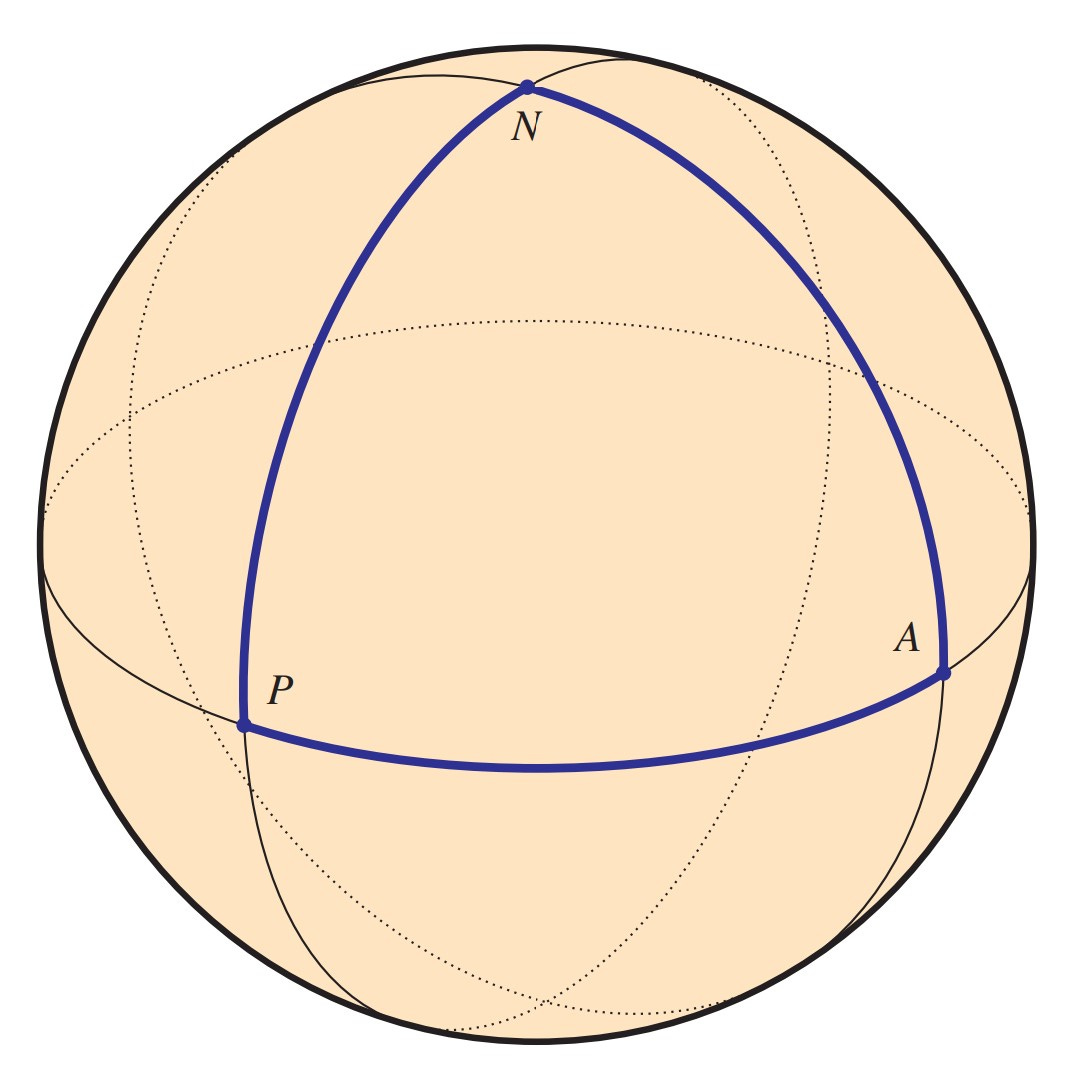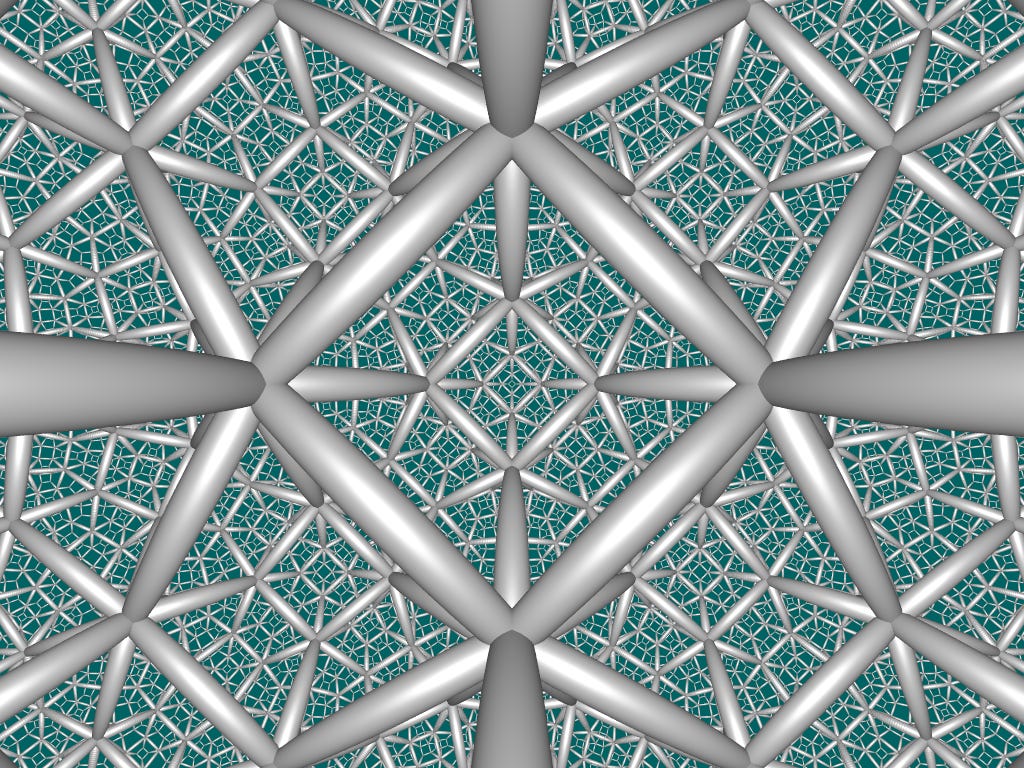The curvature of space
An excerpt from Lectures on the Philosophy of Mathematics
Please enjoy this free short excerpt from Lectures on the Philosophy of Mathematics.
This discussion takes place in chapter 4, focused on philosophical issues arising in geometry, and appears directly after an account of Euclidean versus non-Euclidean geometry, including spherical geometry, elliptical geometry, hyperbolic geometry.
Infinitely More is a reader-supported publication. Please consider becoming a free or paid subscriber.
The curvature of space
Let us explore a little more the differing character of non-Euclidean geometry. Spherical geometry, for example, has positive curvature, and part of what this means is that if one selects a point on the sphere and draws circles of increasing radius on the surface of the sphere, then the circumferences of these circles do not grow quite as fast as they do in the Euclidean plane. The circles are bent in slightly because they lie in the surface of the sphere. The formula for the circumference, therefore, is no longer 2πr, but rather something less. The circumference of a circle in spherical geometry is less than expected in Euclidean space; there are simply fewer locations within a given distance of you in spherical geometry than in Euclidean space.
Swing your arm around and contemplate the locations that exist at arm's length from you. In Euclidean space, this is a certain number of locations, having to do with the circumference of a circle, or in higher dimensions, with the area of the corresponding sphere. But in spherical geometry, the number of such locations at arm's length is somewhat less than in Euclidean space.
In hyperbolic space, in contrast, the opposite is true; there are more such locations at arm's length than in Euclidean space, and indeed, prodigiously more when the space is strongly negatively curved. Hyperbolic space is negatively curved, and so the circumference of a circle grows more rapidly with the radius than in Euclidean space.
If you are a resident of a city in hyperbolic space, then the number of shops and restaurants within a few blocks of your apartment would be enormous because in hyperbolic space, there are so many more locations that are this close to you. If the space is extremely negatively curved, then there could be whole undiscovered civilizations within walking distance, simply because a strong negative curvature means that there are such a vast number of locations quite nearby. Criminals escape easily in hyperbolic space, simply by walking away a short distance; it is too difficult to follow them far, since at every moment, one must choose from amongst so many further directions to continue. For the same reason, you or your loved ones may easily become lost in hyperbolic space, for it is so difficult to find your way exactly back home again; so please be careful and hold them close.
Let me emphasize again that both elliptical and hyperbolic geometry appear increasingly Euclidean on very small scales. If the geometric universe were vast, then a person living in such a space might believe the universe to be Euclidean based on their experience at comparatively small scale.
I post fresh content weekly on philosophy, mathematics, and all things infinite here on Infinitely More.





